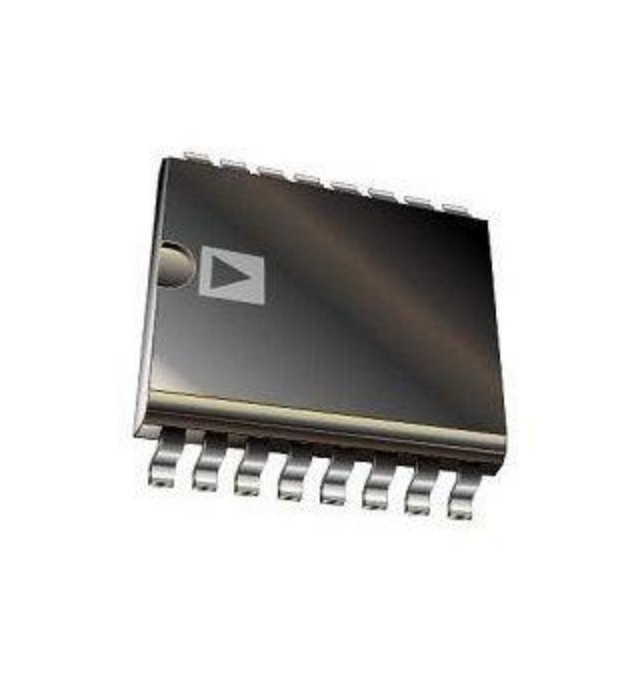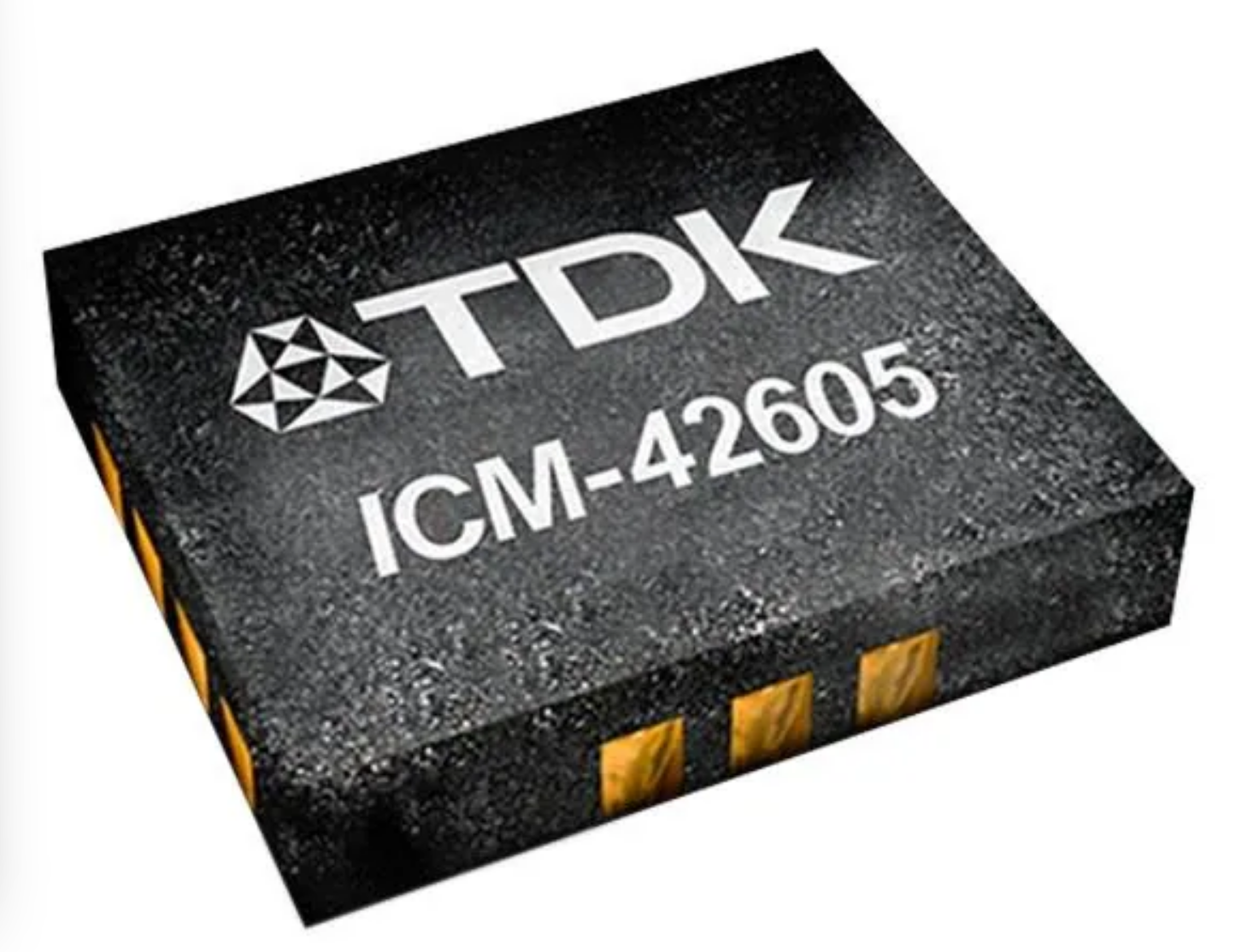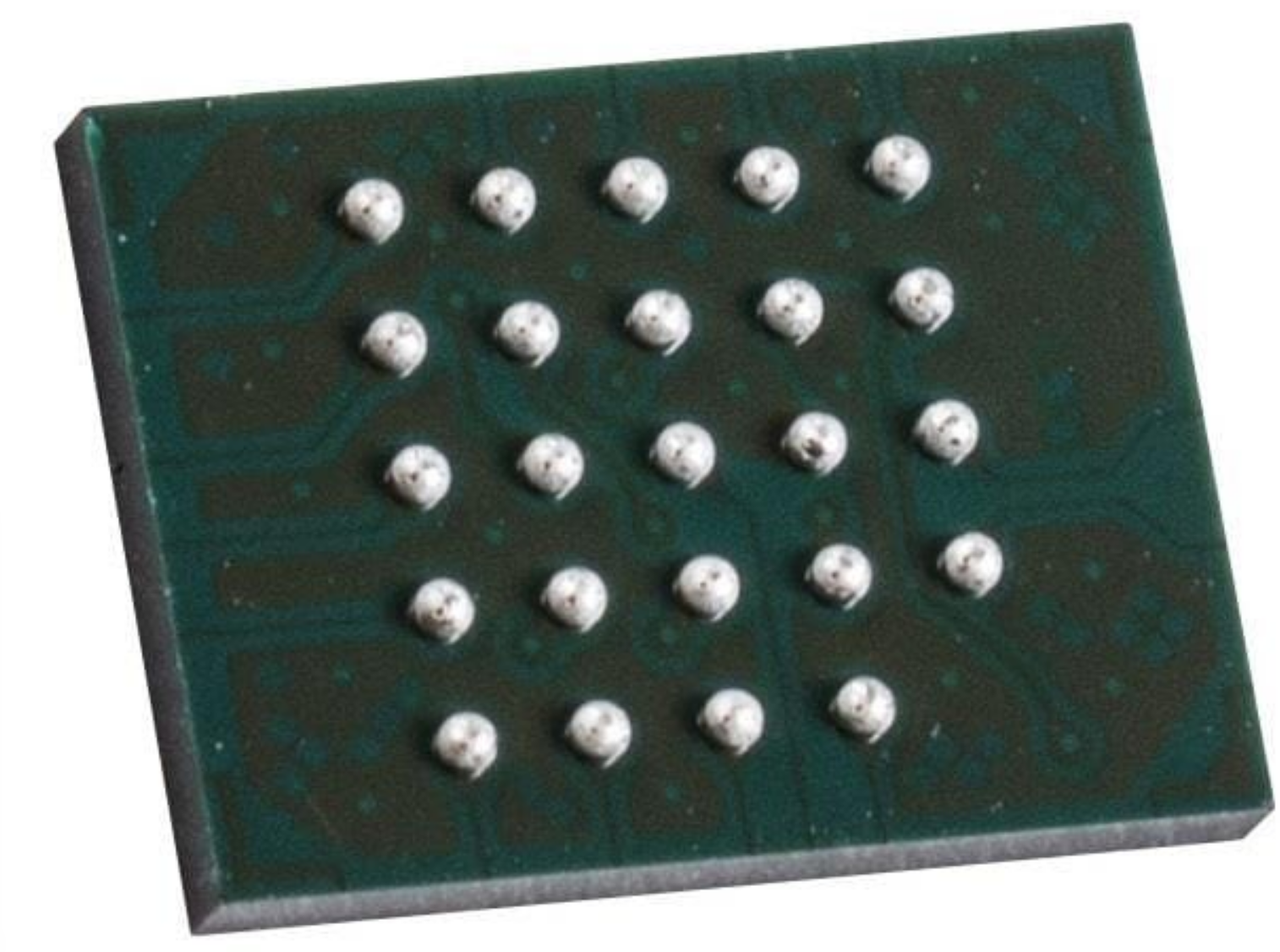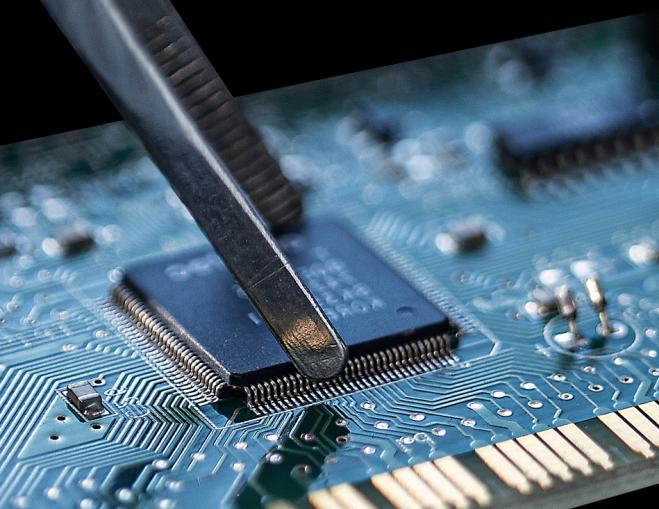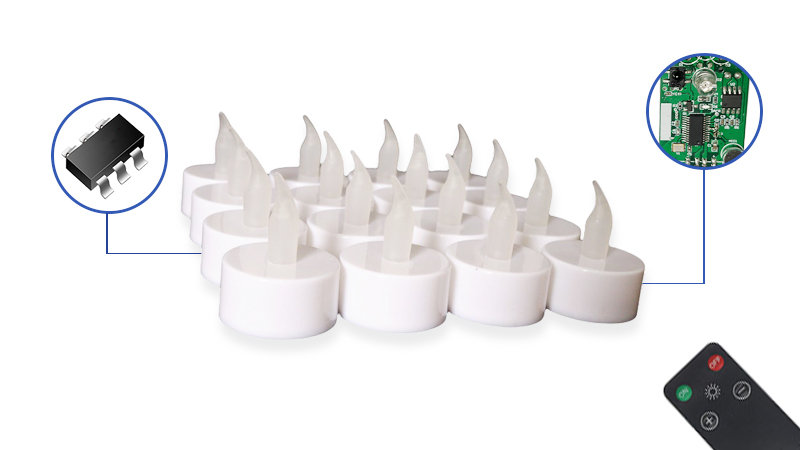Description:
The UJA113x System Basis Chip (SBC) contains a fully integrated buck and boost converteralong with a number of features commonly found in the latest generation of automotiveElectronic Control Units (ECUs). It interfaces directly with CAN and LIN bus lines,supplies the microcontroller, handles input and output signals and supports fail-safefeatures including a watchdog and advanced ‘limp home’ functionality configurable vianon-volatile memory.
To satisfy the demand for SBCs that operate at low battery supply voltages and featurelow power dissipation, a switched mode power supply (SMPS) with automatic down (Buckmode) or up conversion (Boost mode) has been integrated into the UJA113x. In Boost mode,the SMPS of the UJA1131 and UJA1132 variants can continue supplying a microcontrollerduring dips in the battery voltage, ensuring uninterrupted operation. The boost stage ofthe UJA1135 and the UJA1136 has limited output current capability, and is suitable forsupplying the memory in a microcontroller to prevent information being lost. The SMPSrequires only a single external coil and some capacitors but no separatesemiconductors.
The UJA113x implements the classic CAN physical layer as defined in the current ISO11898standard (-2:2003, -5:2007, -6:2013). Pending the release of the upcoming version ofISO11898-2:201x including CAN FD, additional timing parameters defining loop delaysymmetry are included. This implementation enables reliable communication in the CAN FDfast phase at data rates up to 2 Mbit/s.
The UJA113xFD/x variants support ISO 11898-6:2013 and ISO 11898-2:201x compliant CANpartial networking with a selective wake-up function incorporating CAN FD-passive. CANFD-passive is a feature that allows CAN FD bus traffic to be ignored in Sleep/Standbymode. CAN FD-passive partial networking is the perfect fit for networks that supportboth CAN FD and classic CAN communications. It allows normal CAN controllers that do notneed to communicate CAN FD messages to remain in partial networking Sleep/Standby modeduring CAN FD communication without generating bus errors.
A number of configuration settings are stored in non-volatile memory. This makes itpossible to adapt the power-on and limp home behavior of the UJA113x to meet thespecific requirements of an application.
Features:
GeneralGeneric SBC functions:Fully integrated buck-boost converter
5 V/3.3 V voltage regulator delivering up to 500 mA
Separate voltage regulator with optional protection againstshorts to battery and loss of module ground
CAN transceiver and up to two LIN transceivers
Two-channel battery monitoring with integrated A/D converter
Watchdog with Window and Timeout modes and on-chip oscillator
Serial Peripheral Interface (SPI) for communicating with themicrocontroller
ECU power management system
Protected general-purpose high-voltage I/O pins configurable ashigh-side drivers (HS), low-side drivers (LS) or wake-upinputs
Four internal PWM/pulse timers in derivatives containinghigh-voltage I/O pins
Designed for automotive applications:Excellent ElectroMagnetic Compatibility (EMC) performance
±6 kV ElectroStatic Discharge (ESD) protection according to theHuman Body Model (HBM) on the CAN/LIN bus pins
±6 kV ElectroStatic Discharge protection according to IEC61000-4-2 on the CAN/LIN bus pins, the sensor supply output(VEXT) and the HVIO pins
±40 V short-circuit proof CAN/LIN bus pins
Battery and CAN/LIN bus pins are protected against transients inaccordance with ISO 7637-3
Very low-current Standby and Sleep modes with full wake-upcapability
Supports remote flash programming via the CAN-bus
Compact 10 mm × 10 mm HTQFP48 package with low thermal resistance
Dark green product (halogen free and Restriction of Hazardous Substances(RoHS) compliant)
Integrated buck and boost converter (SMPS)Buck and boost functions with a single external coil:Automatic Buck or Boost mode selection depending on input voltageand output load conditions
Boost function allows the UJA1131 and UJA1132 to operate at verylow supply voltages (e.g. 2 V; lowest achievable supply voltagedepends on output load conditions)
Boost function of the UJA1135 and UJA1136 can be used to supplythe volatile memory of a microcontroller down to batteryvoltages a low as 2 V
Soft-start function
The SMPS functions as a pre-regulator for V1 and, optionally, V2:Results in excellent load response at V1 and V2
Results in negligible ripple at V1 and V2 outputs
Pre-regulator output voltage selectable via the SPI
The SMPS can be switched to Pass-through mode to ensure thelowest possible current consumption with immediate full outputcurrent capability
The SMPS can be used to supply external loads directly:e.g. as an energy-efficient supply for an LED chain
Low-drop voltage regulators (LDOs)Main voltage regulator V1:5 V or 3.3 V nominal output voltage (depending on the selecteddevice)
500 mA output current capability
capable of 500 mA transient load current jump in Standby mode
Current limiting above 500 mA
On-resistance of less than 2 Ω
±2 % accuracy
Undervoltage reset; selectable threshold on the 5 V version: 60%, 70 %, 80 % or 90 % of nominal value (default detection andrelease at 90 %)
Excellent transient response with a small ceramic outputcapacitor
Short-circuit protection
Integrated clamp protects the microcontroller by maintaining theoutput voltage below 6 V, even when reverse currents of up to 50mA are injected
Turned off in Sleep mode
Auxiliary voltage regulator V2 with configurable output stage:5 V nominal output voltage
±2 % accuracy (±1.5 % up to 5 mA output current)
Excellent transient response with a small ceramic outputcapacitor
Short-circuit protection
Current limiting above 100 mA
Configurable as supply for on-board loads
Configurable as supply for off-board loads (‘sensor supply’);protected against shorts to GND and battery; loss-of-groundproof; high ESD robustness
CAN transceiverISO 11898-2:201x (upcoming merged ISO 11898-2/5/6) compliant 1 Mbit/shigh-speed CAN transceiver supporting CAN FD active communication up to 2Mbit/s in the CAN FD data field
Autonomous bus biasing according to ISO 11898-6:2013
CAN-bus connections are truly floating when power to pin BAT is off
UJA113xFD: selective wake-up function (ISO11989-6:2013 compliant CAN partialnetworking)No ‘false’ wake-ups due to CAN FD traffic
Separate supply pin for flexibility (e.g. can be supplied from V1 or V2)
LIN transceiversOne or two channels depending on the selected device
LIN 2.x compliant
Compliant with SAE J2602
Downward compatible with LIN 1.3
Integrated LIN slave termination
Improved EMC emission performance with optimized curve shaping
High-voltage I/Os (HVIOs; not available in UJA113xFD/0 variants)4 or 8 general-purpose input/output pins individually configurable as high-or low-side output driversOn/off control via the SPI or by mapping to one of four internalPWM timers
Optional direct output on/off control via another HVIO configuredas an input (HVIO1 to HVIO4 controlled by HVIO5 to HVIO8 invariants with 8 HVIO pins)
PWM timing options include 8-bit dimming up to 250 Hz as well asperiodic pulses with variable length and variable repetitionrate; e.g. for cyclic contact monitoring
On-resistance less than 24 Ω
Two or more HVIOs can be combined to form a single output withincreased driver capability
Combined into one or two banks of four HVIOs with individualsupply pins for each bank; the bankscan be suppliedindependently from the battery (≈12 V), the SMPS (≈6 V) or V1/V2(5 V)
Reverse-current protection of the output in Off mode(loss-of-ground and loss-of-battery proof)
Open-load diagnostics and short-circuit protection anddiagnostics
Can be configured individually to shut down in response to abattery supply undervoltage and/or overvoltage
Individually configurable as inputs with wake-up capabilitySelectable wake-up edge
Selectable wake-up threshold: ratiometric to HVIO supply pin orabsolute level
Wake-up threshold tolerates ground offsets of up to 2.5 V
Wake-up source reporting via SPI
Continuous or periodic input level sampling; timing can besynchronized with another HVIO pin configured as an outputdriver for cyclic contact monitoring
Three HVIOs can be configured individually as limp-home outputsHVIO2 as static high-side driver limp-home signal
HVIO3 as 100 Hz, 10 % duty cycle limp-home signal
HVIO4 as 1.25 Hz, 50 % duty cycle limp-home signal
A/D converter for monitoring the battery voltage10-bit resolution, accurate to ±300 mV at 20 V full scale
Two channels:Measures the voltage level on pin BAT or pin BATSENSE
Measures the battery voltage on either side of a polarityprotection diode connected to pin BATSENSE via a seriesresistor
Continuous measurement on both channels
Optional software interrupt and/or shutdown of functions when measured supplyvoltage is outside a defined range (undervoltage and overvoltagedetection)
Power managementWake-up via CAN, LIN or HVIO pins with wake-up source recognition
HVIO wake input functionality can be disabled to reduce currentconsumption
Cyclic output signal for biasing various wake-up applications with selectableperiod and configurable on-time
Cyclic wake-up with selectable period
Standby mode featuring very low supply current with V1 active to maintainsupply to the microcontroller
Sleep mode featuring very low supply current with V1 off
Sleep mode option can be disabled via non-volatile memory
System control and diagnostic featuresWatchdog that can operate in Window, Timeout (with optional cyclic wake-up)and Off Modes (with automatic re-enable if an interrupt is generated)
Watchdog period selectable between 8 ms and 4 s
16-, 24- or 32-bit SPI for configuration, control and diagnosis
2 Interrupt output pins - one for high- and low-priority interrupts, one forhigh-priority interrupts; interrupts can be enabled individually:V1 and V2/VEXT undervoltage; V2/VEXT overvoltage; battery over-and undervoltage; CAN, LIN and local wake-up (HVIO); CAN andHVIO diagnostics; overtemperature warning; cyclic wake-up; SPIfailure
Bidirectional reset pin with selectable reset length to support variousmicrocontrollers; triggered, for example, by a watchdog overflow or by a V1undervoltage event
Limp-home output (LIMP) for activating application-specific ‘limp-home’hardware in the event of a serious system malfunction
Configuration information for selected functions stored in non-volatilememory
Enable output (EN) for controlling safety-critical hardware; e.g. shut-downif the microcontroller fails
Overtemperature warning and shut-down


 MCU Solutions
MCU Solutions PCBA Solutions
PCBA Solutions Bluetooth Solutions
Bluetooth Solutions
 FAQ
FAQ Contact Us
Contact Us
 Company News
Company News Technology News
Technology News Industry News
Industry News
 Company Profile
Company Profile Certificates
Certificates Terms & Conditions
Terms & Conditions Privacy Statement
Privacy Statement
 Home Appliances
Home Appliances Beauty Appliances
Beauty Appliances Lighting
Lighting Kid's Toys
Kid's Toys Security Alarm
Security Alarm Health Care
Health Care


